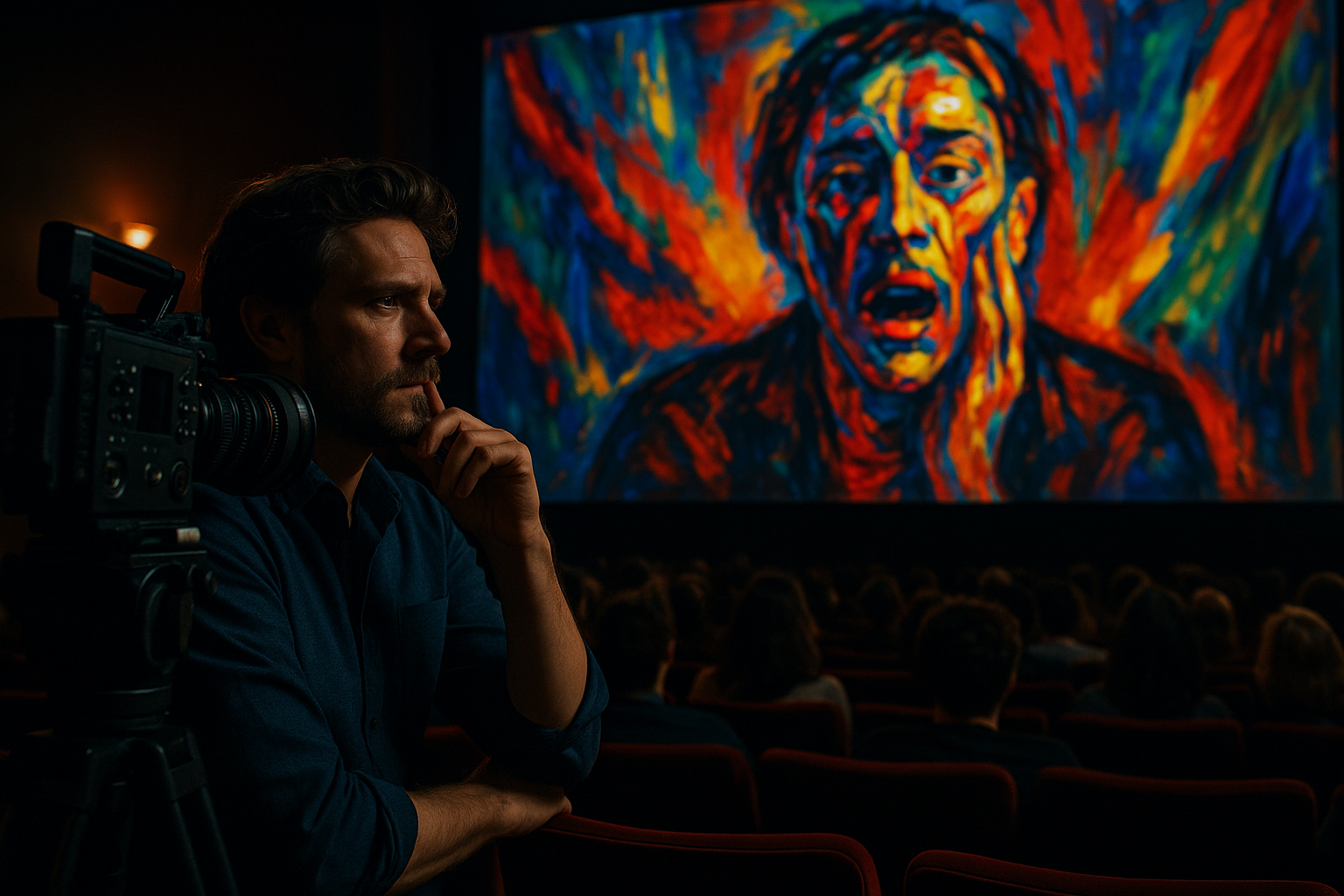How independent filmmakers navigate global streaming platforms
Independent filmmakers face a complex landscape when bringing work to global streaming platforms. The choices include curated services, ad-supported sites, library partners, and direct-to-audience tools; each path affects visibility, revenue, and how a film connects to culture and live events such as festivals and exhibitions. This article examines practical strategies for distribution, curation, and collaboration across film, music, theater, and gallery networks to help creators plan sustainable releases.

Independent filmmakers are increasingly weighing distribution beyond traditional cinema releases, blending online streaming with festival runs, gallery exhibitions, and performance events. Succeeding across these channels requires understanding platform models, audience curation, and how elements like soundtrack licensing, choreography rights, and festival agreements influence availability. Filmmakers who map a release strategy that aligns with cultural context and creative goals can reach niche audiences worldwide while maintaining artistic control.
How does culture influence distribution choices?
Culture shapes which platforms and release windows make sense for a film. Films tied to a local tradition, language, or community benefit from partnerships with regionally focused streaming services or cultural organizations that host exhibitions and workshops. Working with local services, cultural festivals, and community theaters can build momentum before a global digital release. This approach helps frame the film’s story for audiences who care about context, increasing the chances that curators, gallery programmers, or festival directors will recommend or program the work.
What routes exist for film distribution and streaming?
Independent filmmakers can choose direct-to-consumer options, aggregator-driven placement, or curated platforms. Direct options like ad-supported channels or pay-per-view give control over pricing and presentation but demand marketing effort. Aggregators place films on multiple platforms, simplifying delivery but adding intermediary fees. Curated services focus on taste-driven discovery and may accept fewer titles but provide stronger visibility among engaged subscribers. Filmmakers should balance reach, revenue share, and promotional support when selecting routes.
How do cinema and festivals interact with online platforms?
Film festivals and limited theatrical runs remain important for critical recognition and press coverage. Festival premieres can unlock reviews, awards consideration, and invitations to exhibitions or gallery screenings. After a festival circuit, many filmmakers partner with streaming platforms—sometimes under time-limited windows—to expand audience access. Hybrid strategies that combine theatrical dates, festival appearances, and staggered streaming releases allow filmmakers to maximize both prestige and long-term discoverability across cinema and online channels.
How can music, choreography and performance be integrated?
Films that incorporate original music, choreography, or performance elements must plan rights clearances early. Soundtrack licensing affects which platforms will accept a title and under what terms. Collaborative releases—such as pairing a film with live concerts, choreography workshops, or gallery performances—can create multi-format events that reach different audiences. Cross-promotion with musicians, theaters, or dance companies helps amplify visibility and can justify premium ticketed streaming or bundled offerings that support creative collaborators.
What role does curation for galleries and exhibitions play?
Galleries and exhibition spaces offer alternative presentation formats for moving-image work, often prioritizing context and curation over mass reach. Collaborating with curators can position a film within themed programs, lecture series, or hybrid screenings that include artist talks and workshops. These curated events can feed into a film’s online life: exhibition press, academic attention, and archived talks provide content that boosts discoverability when the film moves to streaming or educational platforms.
| Provider Name | Services Offered | Key Features/Benefits |
|---|---|---|
| Vimeo On Demand | Direct rental/sale, subscription hosting | Control over pricing and presentation, professional player, good for niche audiences |
| MUBI | Curated streaming | Editorial curation, festival-style visibility, audience that values arthouse cinema |
| Amazon Prime Video Direct | Self-publishing to Prime catalog | Wide reach, multiple monetization options, integration with retail ecosystem |
| YouTube | Ad-supported and paid channels | Massive audience, discoverability through search and playlists, flexible release models |
| FilmHub | Aggregator/distributor services | Distributes to many AVOD/SVOD platforms, simplifies catalog placement |
| Kanopy | Library and educational streaming | Access via university and public library partnerships, suited for academic and cultural films |
Which platform partners best support independent creators?
Choosing partners depends on goals: whether the priority is cultural curation, wide reach, or educational access. Curated platforms and library partners often prioritize films with cultural or pedagogical value, while large consumer platforms offer scale. Aggregators and direct-hosting services help filmmakers reach multiple channels without managing each relationship. Building relationships with festival organizers, theater programmers, and gallery curators enhances placement opportunities across these provider types.
Independent filmmakers should view distribution as a phased process: plan festivals and exhibitions to build authority, secure performance and music rights early, and select streaming partners that align with the film’s cultural positioning. Combining live events, curated showcases, and tailored digital releases can extend a film’s lifespan, attract collaborators across music and theater communities, and create steady opportunities for screenings, workshops, and creative residencies.
Sources:





